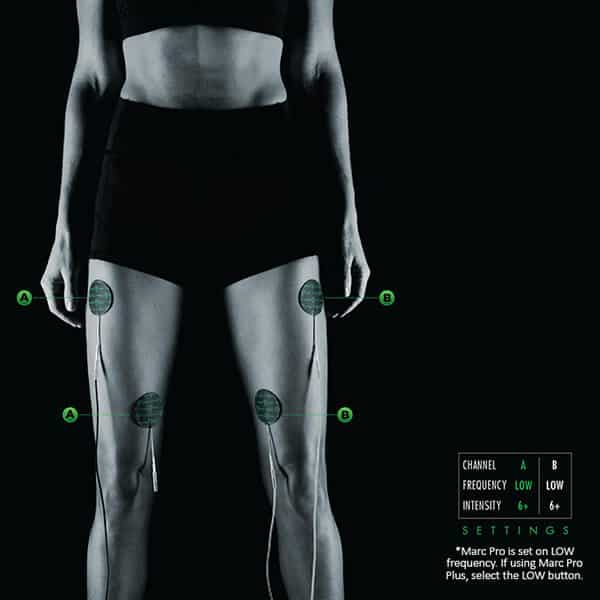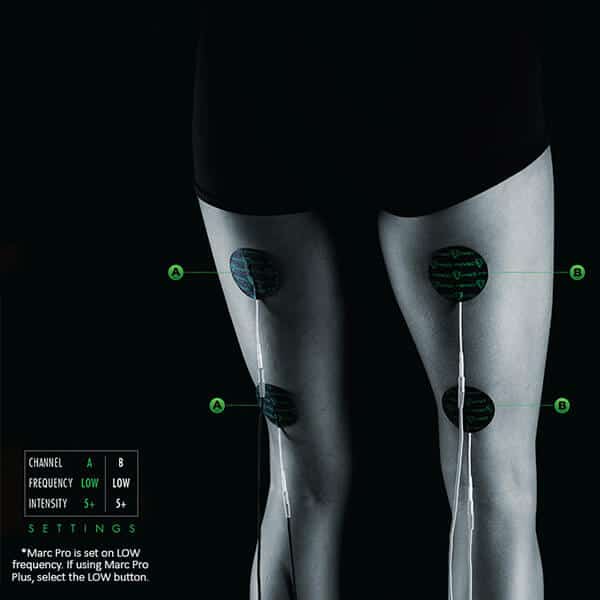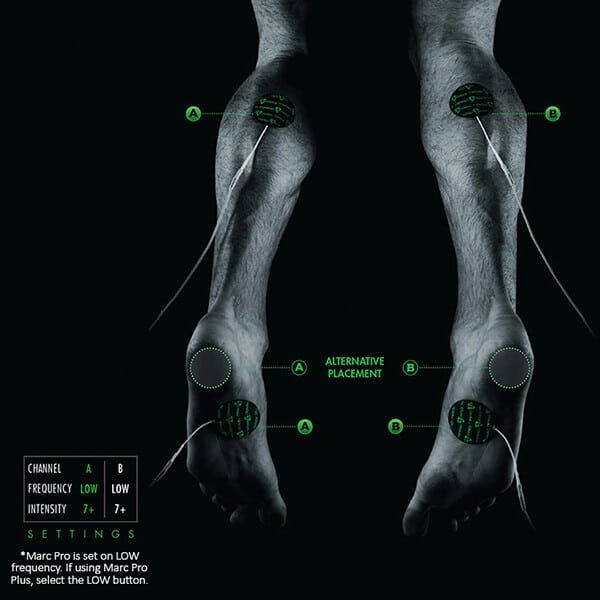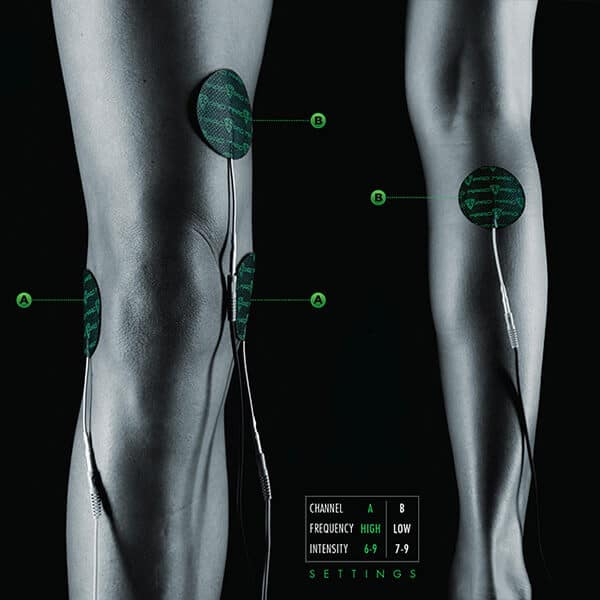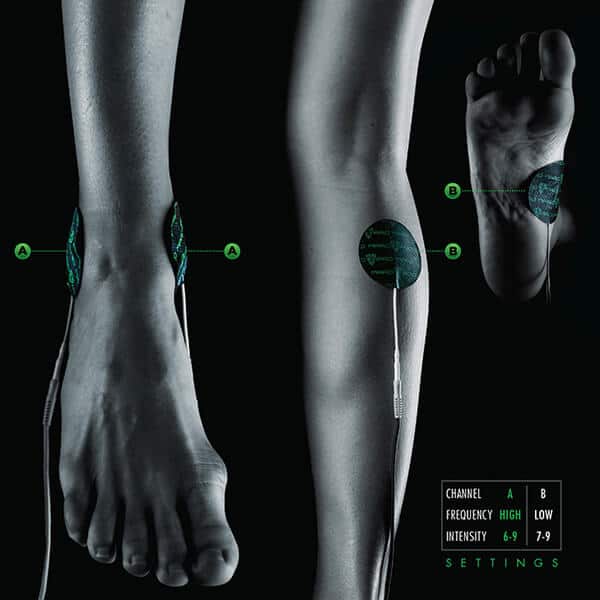What is Fartlek Training? How to Do it & Why it’s Beneficial
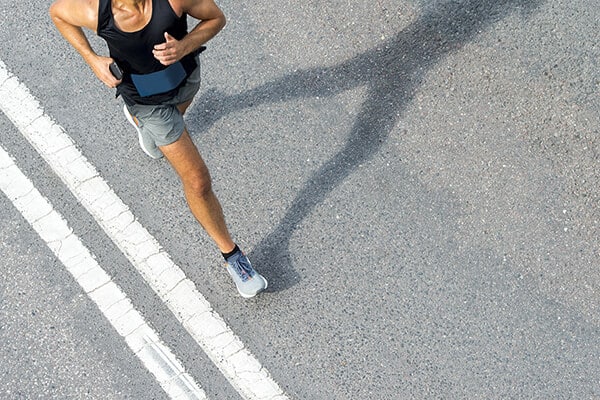
Yeah, you read that right. Fartlek may sound funny, but it’s no joke when it comes to effective training methods.
Fartlek is the Swedish word for “speed play”. Traditional fartlek training combines faster efforts with low to moderate periods of running. It’s similar to interval training, however, fartlek involves continuous running – there aren’t any periods of complete rest or walking. Think of fartlek as adaptable speedwork. Runs are guided by how you feel in the moment.
How to Incorporate Fartlek Training
By nature, fartleks are unstructured training sessions. They are intended to be ran based on how you feel in the moment and allow for more flexibility and fun. The most common way to run a fartlek is using landmarks along the way. For example, if you encounter a hill, run at a faster pace to the top. Once you’re at the top, slow down to a moderate or slow pace to bring your heartrate back down. You could also use trees, mailboxes, light poles, etc. as markers to kick off your speed interval. Then, use time or distance to designate the end of the interval. You could use another landmark to mark the end, or simply do a fast-paced run for a 30 second period.
If you run on a treadmill, don’t worry, you can still do fartlek training. Instead of using landmarks as cues, you can use starting points like the chorus of a song or a commercial break to begin your hard pushes.
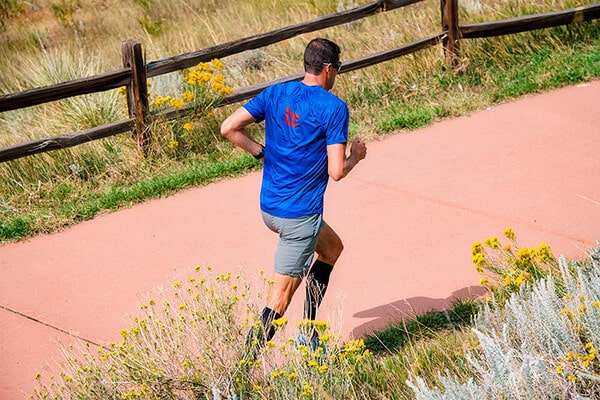
For those who like a little more guidance, structured fartlek runs are an option. Very Well Fit shared this workout example:
- Warm up for 10 mins at an easy pace
- Run at a fast pace for 1 minute, easy pace for 2 minutes
- Repeat the above set 3-4 times
- Cool down for 10 minutes at an easy pace
Regardless of which type of fartlek you choose to run, the goal is always to keep running. The main idea behind fartlek training is that you vary speeds, but continue running throughout the speed and recovery efforts.
Benefits of Fartlek Running
There are many benefits to incorporating fartlek training into your running routine.
- Increases Speed – in order to become a faster runner, you have to practice running fast. Fartlek training is a great way to add speedwork into your training.
- Improves Endurance – since the entire workout requires constant running, your body adapts to higher training levels and can handle more capacity.
- Enhances Mental Strength – being able to push through tough efforts can help strengthen your mental game.
- Keeps Things Exciting – the variation that comes with fartlek training is a great way to change up your running routine. When your training gets mundane, you can use fartlek runs to shake things up and have some fun.
- Adaptable – if your body needs to take it easy or be pushed to its limit, you can go either way. Fartlek puts you in control and allows you to choose how hard your training efforts are on a given day.
Recovery from Fartlek Runs
Fartlek training can be intense. Your legs will likely feel tired after a tough fartlek workout, so it’s important to recover post-run. Make sure you’re well-nourished, hydrated, and get enough sleep each night. In addition to these recovery basics, active recovery is the most effective method for a quick and effective recovery. By providing non-fatiguing muscle activation, Marc Pro is able to deliver active recovery that’s easy, convenient, and effective. Marc Pro is a recovery tool that can be used while relaxing at home, at work, or while traveling – it’s easy to incorporate into activities you already do regularly.
The calf, quad, or hamstring pad placements are the perfect solution for tired legs after a fartlek run. Or if you experience knee or ankle pain after running, you can target those areas as well. To get more specific pad placement recommendations, you can also schedule a free personalized coaching call.
The placements below are specific to the Marc Pro Plus, which offers a pain relief setting in addition to recovery. However, if you are using a Marc Pro, you can follow the “LOW” placement and still get recovery benefits to the targeted area.
You may also like:
Sore Glutes? A Few Solutions to Relieve the Tightness & Pain
The Overuse Phenomenon | Kelly Starrett Shares How You Can Counteract It
